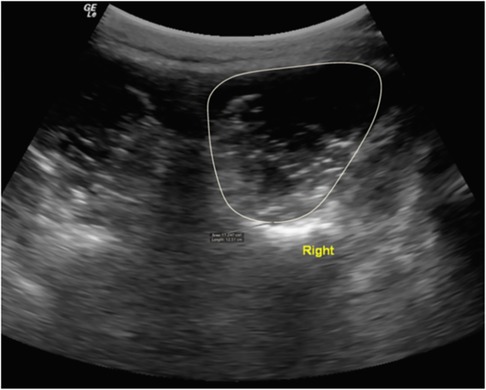2023-12-14 スイス連邦工科大学ローザンヌ校(EPFL)

◆この研究はThird-Armプロジェクトの一環であり、日常のタスクを補助するか、検索と救助を支援するための装着式ロボットアームの提供を目指しています。Miceraは、第三腕制御の認知制約を探求することが実際には人間の脳の理解を向上させる手段になるかもしれないと考えています。研究は、神経系の視点からリハビリテーションと強化の連続体であると説明されています。
<関連情報>
- https://actu.epfl.ch/news/cognitive-strategies-to-augment-the-body-with-an-e/
- https://www.science.org/doi/10.1126/scirobotics.adh1438
機能的干渉のないロボットアームによる人間の運動機能拡張 Human motor augmentation with an extra robotic arm without functional interference
Giulia Dominijanni,Daniel Leal Pinheiro,Leonardo Pollina,Bastien Orset,Martina Gini,Eugenio Anselmino,Camilla Pierella,Jérémy Olivier,Solaiman Shokur,and Silvestro Micera
Science Robotics Published:13 Dec 2023
DOI:https://doi.org/10.1126/scirobotics.adh1438
Abstract
Extra robotic arms (XRAs) are gaining interest in neuroscience and robotics, offering potential tools for daily activities. However, this compelling opportunity poses new challenges for sensorimotor control strategies and human-machine interfaces (HMIs). A key unsolved challenge is allowing users to proficiently control XRAs without hindering their existing functions. To address this, we propose a pipeline to identify suitable HMIs given a defined task to accomplish with the XRA. Following such a scheme, we assessed a multimodal motor HMI based on gaze detection and diaphragmatic respiration in a purposely designed modular neurorobotic platform integrating virtual reality and a bilateral upper limb exoskeleton. Our results show that the proposed HMI does not interfere with speaking or visual exploration and that it can be used to control an extra virtual arm independently from the biological ones or in coordination with them. Participants showed significant improvements in performance with daily training and retention of learning, with no further improvements when artificial haptic feedback was provided. As a final proof of concept, naïve and experienced participants used a simplified version of the HMI to control a wearable XRA. Our analysis indicates how the presented HMI can be effectively used to control XRAs. The observation that experienced users achieved a success rate 22.2% higher than that of naïve users, combined with the result that naïve users showed average success rates of 74% when they first engaged with the system, endorses the viability of both the virtual reality–based testing and training and the proposed pipeline.


